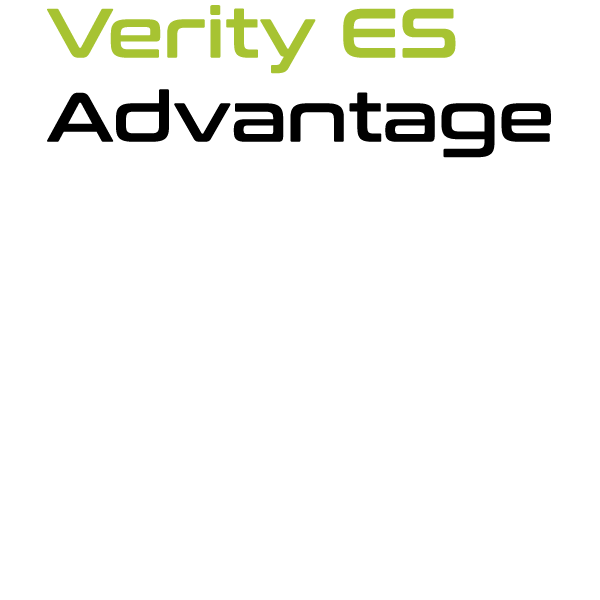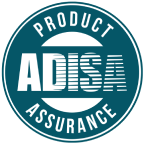
Jason Bloomberg, Managing Partner, Intellyx
The days when data centers were rooms full of racked servers are gone. Today’s data centers are clouds.
The difference: operational processes and the software that supports them.
In the past, data center operators managed servers and racks one at a time. Today, the cloud virtualizes, automates, and abstracts the hardware – the proverbial ‘cattle, not pets’ approach to data center gear.
These cloud-centric operational processes optimize the total cost of ownership (TCO) of data center physical assets by establishing formal lifecycles for each component, from purchase to installation to operation to end-of-life.
End-of-life for storage media, however, often presents a roadblock to seamless data center operational processes, because such media potentially contain confidential or sensitive information.
Eradicating data remaining on such media, therefore, is an important operational process for any data center.
Why Data Eradication is Such a Challenge
There are three main reasons why a hard disk drive (HDD) or solid-state drive (SSD) might reach end of life: it might fail due to a hardware issue, it might be replaced due to a tech refresh, or it might be returned at the end of its lease (which may or may not be part of a broader tech refresh).
When either an HDD or SSD fails, operators cannot simply throw it into the trash. To prevent the loss of data that might remain on the media, the traditional approach to data eradication is physical destruction of the drives.
There are several problems with physical destruction, however. It requires expensive equipment: industrial shredders that chop the drive (housing and all) into unrecoverable bits.
Operators must then dispose of this debris, which might contain hazardous waste – another expensive step.
Perhaps most significantly, there are opportunity costs to physical destruction. If it’s possible to use software to adequately wipe a failed drive, then it’s possible to return it for warranty replacement or trade it in at the end of a lease.
Software-based data eradication in the case of drive failure, however, is at best hit-or-miss, since there are different reasons why a particular drive might have failed. In many cases, software-based eradication can still work, but its effectiveness depends upon the quality of the eradication software.
The other reasons for drives reaching end-of-life, tech refreshes and lease terminations, raise the stakes on data eradication. After all, such erasure is even more important when discarded drives are fully functional, as it’s much easier to recover data from them.
In either case, used drives typically enter the secondary market, where anybody can purchase them. Regardless of whether a particular drive reaches end-of-life because of hardware failure or some other reason, data eradication is essential for minimizing the TCO of that drive.


From Pets to Cattle: Treating Data Eradication as an Operational Process Problem
Modern data centers deal with drive failures or other end-of-life situations all the time – perhaps hundreds or even thousands per week. Dealing with each drive on its own – or even dozens at once – simply won’t scale.
Instead, organizations must think of data eradication as an operational challenge centered on scaling data center lifecycle processes.
Optimizing the data eradication process is a classic flow problem: end-of-life drives are the inputs and cleaned drives are the output. Ensure inputs don’t exceed outputs or the work will pile up, leading to slowdowns.
Furthermore, it’s important to establish visibility into the process and the appropriate analytics to ensure the data eradication takes place properly and in compliance with internal and regulatory policies.
Remember, policy compliance isn’t about erasing the media. It’s about being able to offer proof that your organization has complied with data erasure policies – proof that will stand up to audits.
The Verity ES Advantage
Software like Verity ES that can deal with data eradication across many thousands of failed drives. Organizations can now manage the data from such eradications as they would any other aspect of data center management.
Verity ES focuses on data eradication as an enterprise-level operational process optimization problem. The Verity ES software determines the optimal data eradication method automatically, ensuring compliance with relevant standards and regulations.
Verity ES has designed its software to handle high-volume, enterprise-class HDD and SSD data eradication. The software offers built-in intelligence that automatically determines the most efficient and effective approach to erasure and is able to achieve greater than 90% success rate on failed drives. This success rate lowers the costs of physical destruction dramatically.
Verity ES also offers a data analytics portal that provides visibility into process performance, as well as data that operators can feed into other data center management tools.
Combined with the company’s proactive process support and expertise with data eradication techniques, Verity ES is an important resource for its customers’ data center operation needs.


The Intellyx Take
Given all the challenges involved in managing a modern data center, data eradication may not be at the top of the list of concerns. As a result, many data center operators have a simplistic ‘destroy all drives’ policy that drives up costs and goes counter to green data center efforts.
Given the risks inherent in end-of-life drives that retain corporate data, the best course of action reduces the need for physical destruction while ensuring the full eradication of data, especially on drives that are still functional.
Implementing an enterprise-class data eradication process like Verity ES can help data center operators mitigate risks while managing costs. Most importantly, Verity ES can help you sleep at night.
Copyright © Intellyx LLC. Verity ES is an Intellyx customer. No AI was used in the production of this article. Intellyx retains final editorial control of this article.


